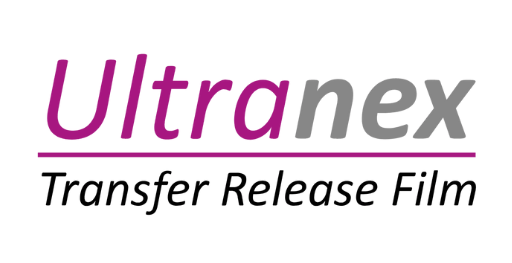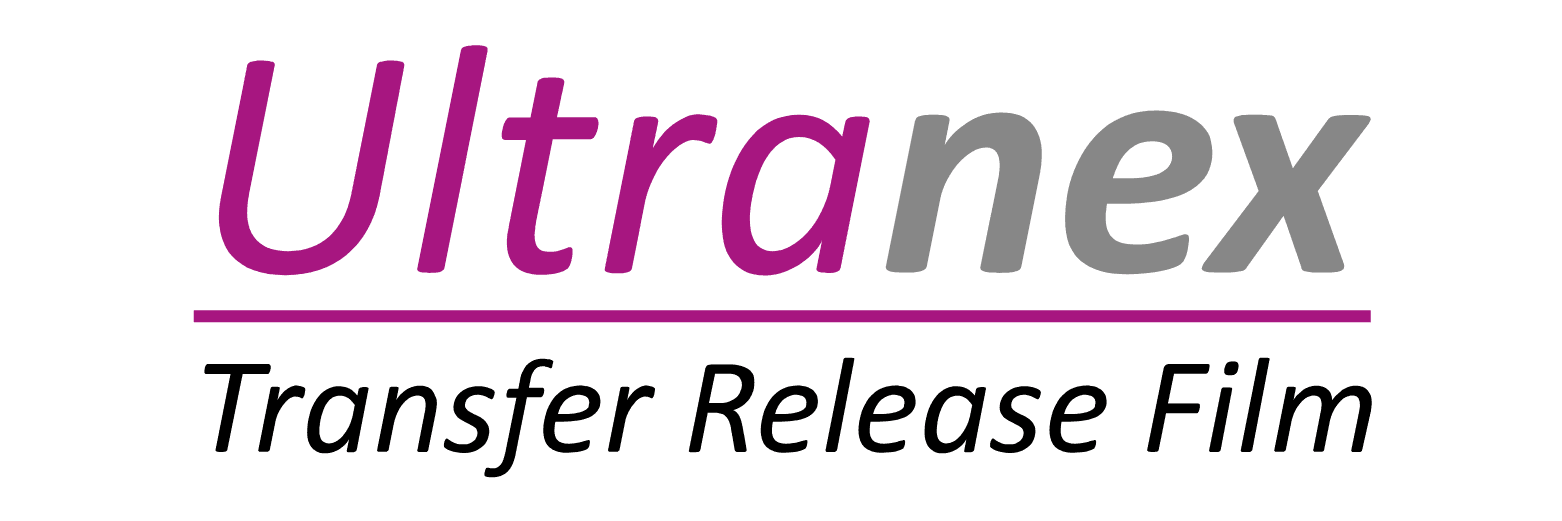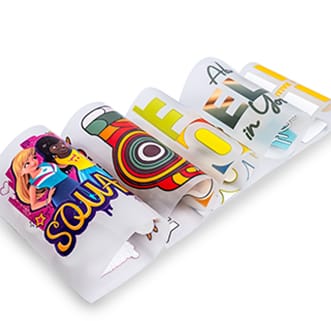Heat Transfer Shirt Press: A Must-Have for Professional Garment Printing
In the fast-growing world of custom apparel, the heat transfer shirt press has emerged as an essential tool for both hobbyists and professional garment decorators. Whether you are running a small t-shirt business or expanding your print shop operations, having the right heat transfer shirt press can significantly impact the quality, efficiency, and durability of your apparel prints. At UltranexDTF.us, we understand the importance of reliable printing equipment. That’s why we’ve created this comprehensive guide to help you understand everything about the heat transfer shirt press—from how it works, to different types, benefits, and how to choose the right one for your business. What Is a Heat Transfer Shirt Press? A heat transfer shirt press is a machine designed to apply heat and pressure to transfer designs onto garments, primarily t-shirts. These machines are vital for processes like DTF (Direct-to-Film), sublimation, vinyl heat transfers, and screen print transfers. The core functionality involves three key components: Heat: Activates the adhesive or ink. Time: Ensures proper bonding of the design to the fabric. Pressure: Secures the design uniformly to avoid peeling or cracking. Types of Heat Transfer Shirt Press Machines There are several types of heat transfer shirt press machines, and each serves different needs: Clamshell Heat Press The upper platen opens like a clamshell. It’s compact and ideal for beginners or small spaces. Swing-Away Heat Press The upper platen swings away, offering more safety and visibility. Great for thicker garments and detailed work. Draw Heat Press The lower platen pulls out like a drawer, minimizing risk from heat. Offers similar benefits as swing-away models. Auto-Open Heat Press Equipped with an auto-release mechanism, perfect for high-volume environments to prevent over-pressing. Dual-Platen or Shuttle Press Ideal for industrial setups. While one garment is pressed, another can be loaded, increasing efficiency. Why a Heat Transfer Shirt Press Is Crucial for DTF Printing For those in the DTF printing space, a heat transfer shirt press is more than just a tool—it’s the bridge between design and wearable art. At UltranexDTF.us, our premium heat presses ensure: Key Features to Look for in a Heat Transfer Shirt Press When selecting a heat transfer shirt press, consider these important features: ✅ Adjustable Pressure Control – Critical for printing on different fabric thicknesses. ✅ Digital Time and Temperature Controls – Enables accurate, repeatable results—essential for business scalability. ✅ Even Heat Distribution – Avoids cold spots and uneven transfers. ✅ Platen Size – The standard is 15×15 inches, but larger platens (16×20 or even 20×25) offer more flexibility. ✅ Build Quality – A robust frame ensures longevity. Ultranex DTF recommends industrial-grade steel construction. How UltranexDTF.us Supports Your Printing Journey At UltranexDTF.us, we go beyond selling just DTF supplies. We partner with you to ensure you achieve premium results with every press. Our heat transfer shirt press recommendations are curated for: Beginners launching their first store Growing print-on-demand businesses Large-scale custom apparel producers Explore the latest, most durable, and user-friendly models today at UltranexDTF.us and take your garment printing to new heights. Ready to upgrade your printing game? Visit UltranexDTF.us for premium heat transfer shirt press machines and DTF supplies trusted by professionals across the USA.
Heat Transfer Shirt Press: A Must-Have for Professional Garment Printing Read More »








